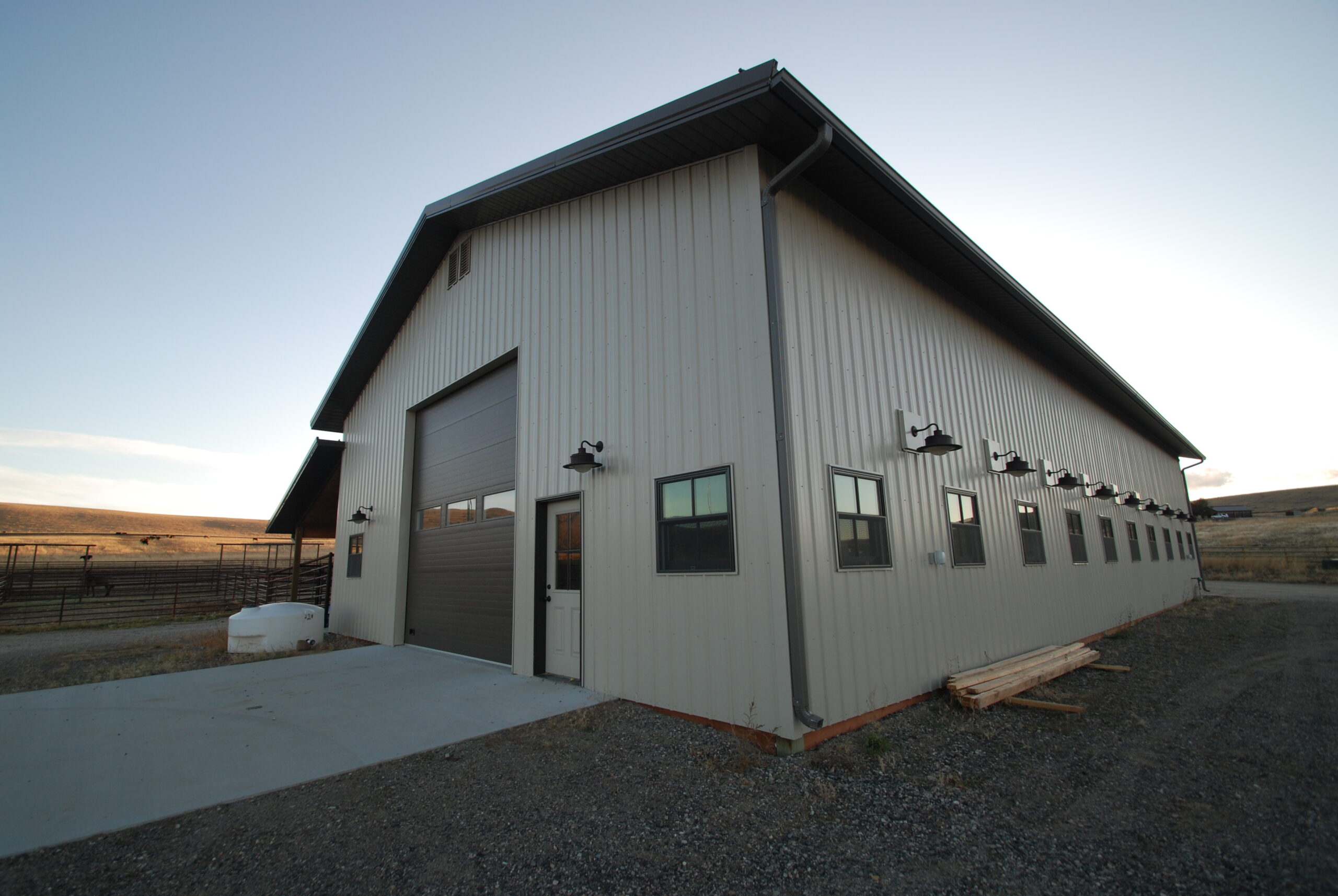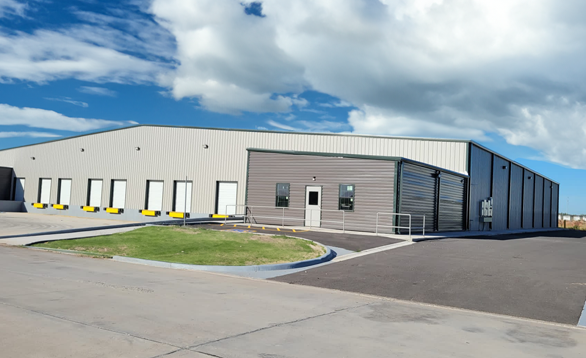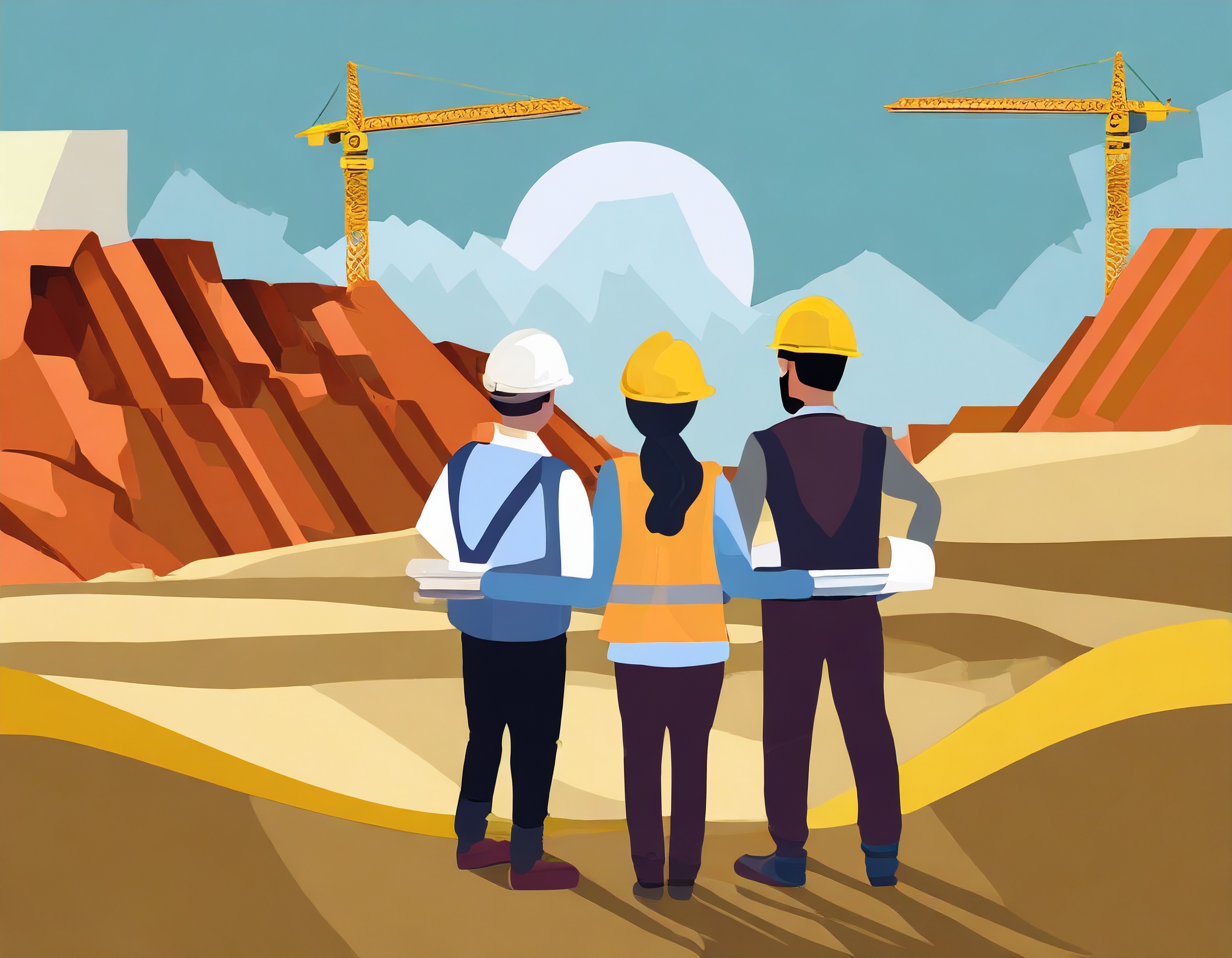In the dynamic world of commercial construction, staying abreast of the latest design trends is crucial for architects, builders, and industry professionals. Modern commercial metal buildings have witnessed a significant evolution in design, blending aesthetics with functionality. This article explores the cutting-edge design trends shaping the landscape of commercial metal buildings.
Sustainable Architecture & Commercial Metal Building Systems
In today’s construction scene, being eco-friendly is a big deal, even for commercial metal buildings. Architects and builders are taking on green practices and materials to make structures that not only follow environmental rules but also do good for the surroundings. They’re getting creative with things like making roofs that save energy and using cool roofing systems that reflect sunlight and don’t soak up too much heat. This helps cut down on how much energy the building needs, making it more eco-friendly and cost-effective.
But it’s not just about the big stuff; it’s also about picking insulation materials that are good for the environment. These materials not only keep the inside of the building at the right temperature but also save energy by reducing the need for heating or cooling.
And here’s the cool part – architects are thinking ahead. They’re designing buildings that can change and adapt as needs shift over time. This means fewer major renovations and less impact on the environment.
So, when we talk about sustainability in commercial metal buildings, it’s about making smart choices in the design and materials that not only meet today’s standards but also make buildings that actively contribute to a healthier environment. It’s a game-changer led by architects and builders who are setting new standards for construction that’s friendly to the planet.
Flexible Space Planning
One of the notable trends is the emphasis on flexible space planning. Modern businesses often require adaptable spaces that can evolve with changing needs. Metal buildings offer the advantage of large, open interiors without the need for cumbersome support columns. This allows architects to create versatile spaces that can be easily reconfigured to accommodate different purposes, from offices to manufacturing floors.
Integration of Technology
The integration of technology is transforming the way commercial metal buildings function. Smart building systems, automation, and IoT (Internet of Things) applications are becoming integral to design. These technologies enhance operational efficiency, improve security measures, and offer data-driven insights for better management of the building’s resources.
Innovative Exterior Finishes
Gone are the days when metal buildings were limited to a uniform industrial appearance. Modern design trends include innovative exterior finishes that add a touch of sophistication. Architects are exploring creative ways to incorporate textured facades, bold color palettes, and other architectural elements to enhance the visual appeal of commercial metal buildings.
Emphasis on Daylighting
Natural light is gaining prominence in commercial building design due to its positive impact on occupant well-being and energy efficiency. Designers are incorporating expansive windows, skylights, and other daylighting solutions to maximize the influx of natural light. This not only reduces the reliance on artificial lighting but also creates a more inviting and comfortable interior environment.
Innovative Roofing Solutions
Advanced roofing materials and designs are being employed to achieve energy efficiency and weather resistance. Cool roofing systems, for instance, reflect sunlight and absorb less heat, contributing to lower energy consumption. This emphasis on innovative roofing solutions ensures that commercial metal buildings remain environmentally conscious and technologically advanced.
Customization for Brand Identity
Commercial metal buildings are increasingly being designed with customization in mind, aligning with the unique brand identity of businesses. From incorporating company colors into the exterior design to creating branded interior spaces, architects are working closely with clients to ensure that the building reflects the values and identity of the business it houses.
Conclusion
As architects and builders venture into the realm of modern commercial metal buildings, embracing these design trends is key to creating structures that are not only visually appealing but also functional and sustainable. The synergy between aesthetics, technology, and environmental consciousness is shaping the future of commercial construction, paving the way for innovative and adaptive metal building designs.
In an industry where form meets function, staying ahead of design trends ensures that commercial metal buildings remain at the forefront of modern architecture.


